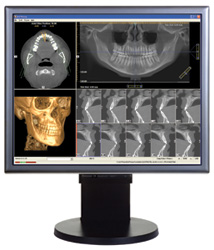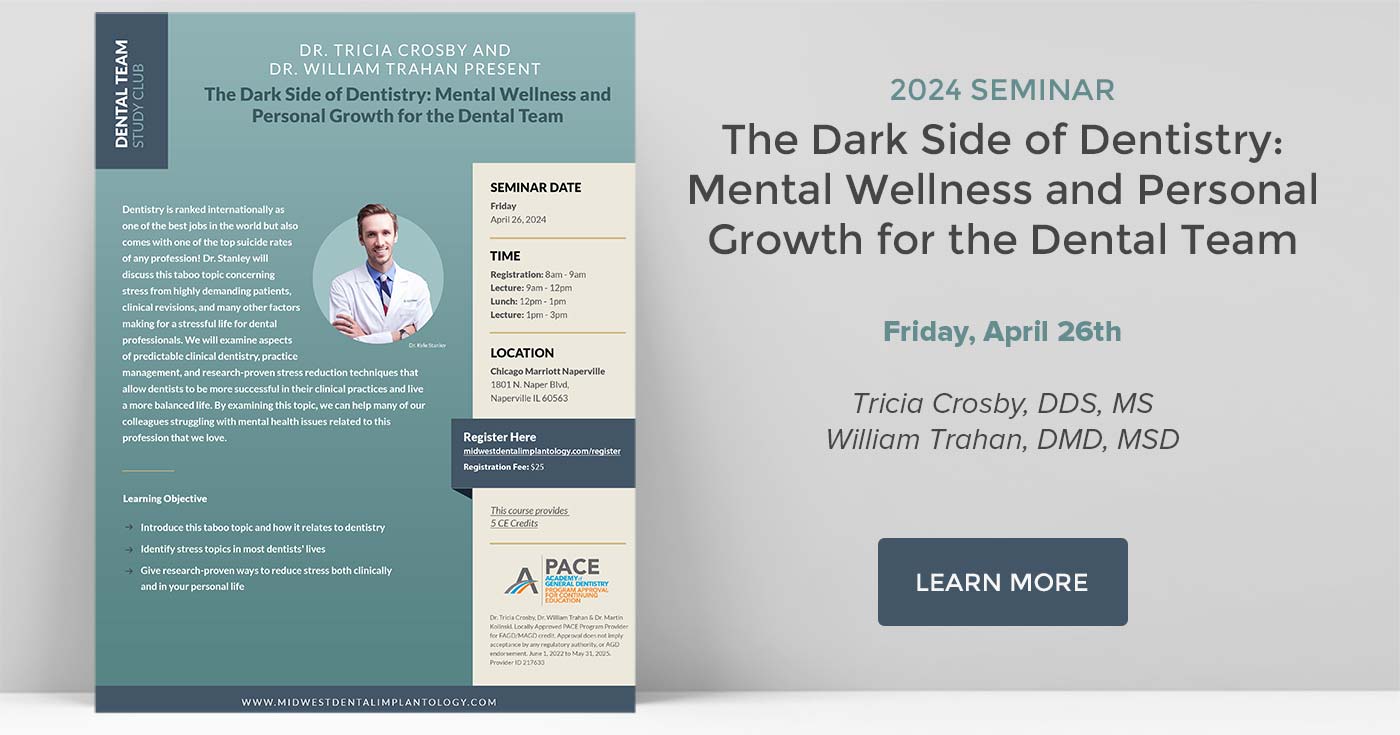CBCT and Implants: The Benefits of 3-D Imaging in an Implant Practice
Technology is doing amazing things in our ever changing world. Who would have thought that dentists would have the ability to see their patient’s anatomy in 3-D, from all angles? As dentists work to meeting the growing demand for implants, cone beam computed tomography (CBCT) is an important tool for treatment planning. The I-Cat 3-D Imaging is a breakthrough technology that has changed the direction of our practice and the way patients understand their treatment plan. Having a 3-D scan increases the predictability of the procedure, it delivers a comprehensive understanding of the patients jaw and anatomical structures necessary for treatment. It also provides information about the three dimension of the patients bone, which can not be achieved through two dimension technology. Without 3-D imaging, dentists had to predict a patient’s bone density, or how deep the implants should be placed. CBCT scans provide information about each implant site, as well as showing bone height and width, which allows for accurate measurement of jawbone thickness. Another benefit of having this technology is the ability to communicate in a visual way with our patients. The more patients understand the seriousness of their condition, the more willing they are to start treatment. Implementing the I-Cat 3-D Imaging technology has been a positive experience and greatly enhanced patient care in our office.


